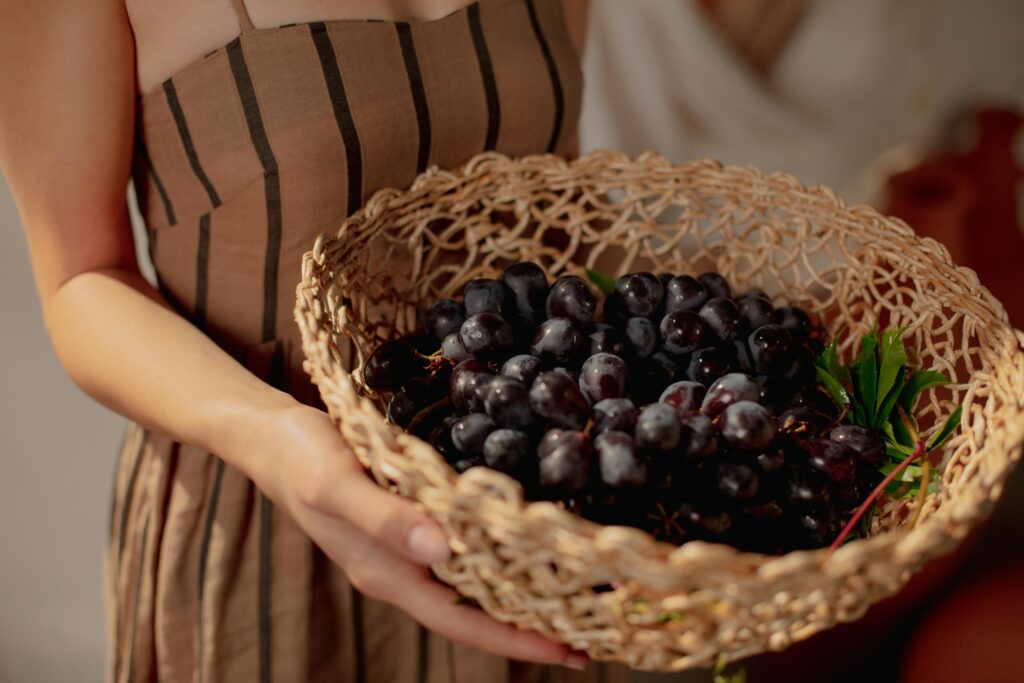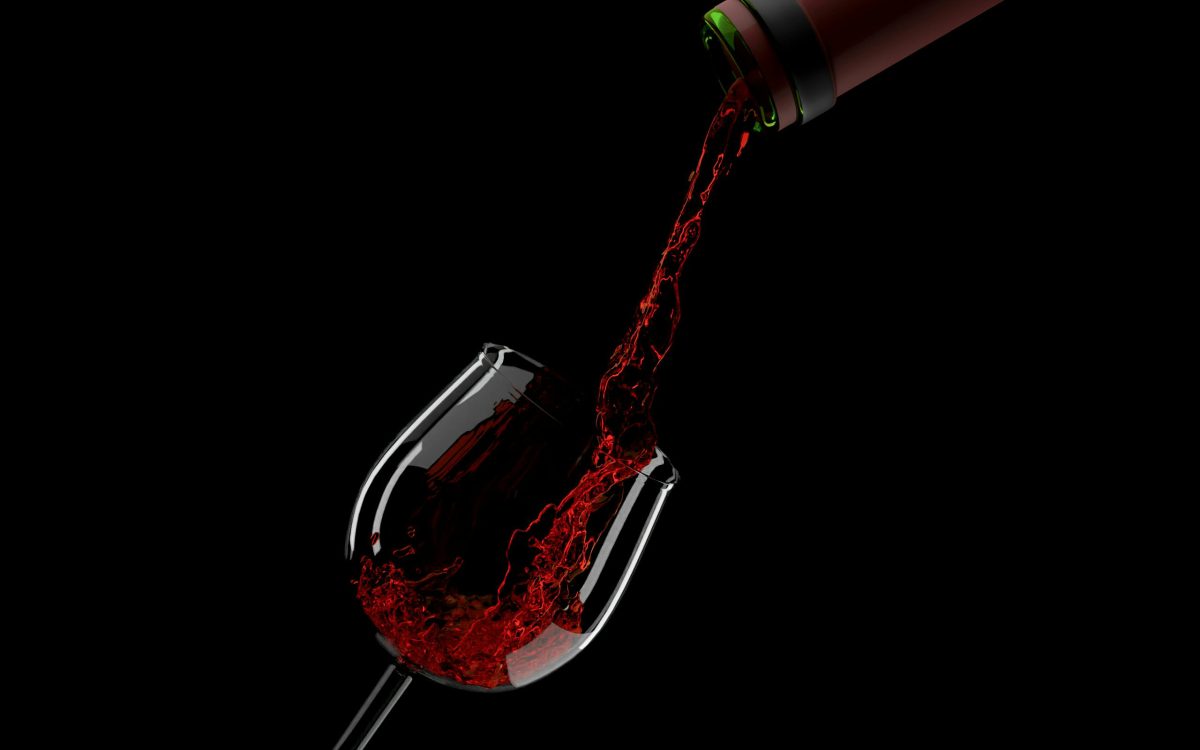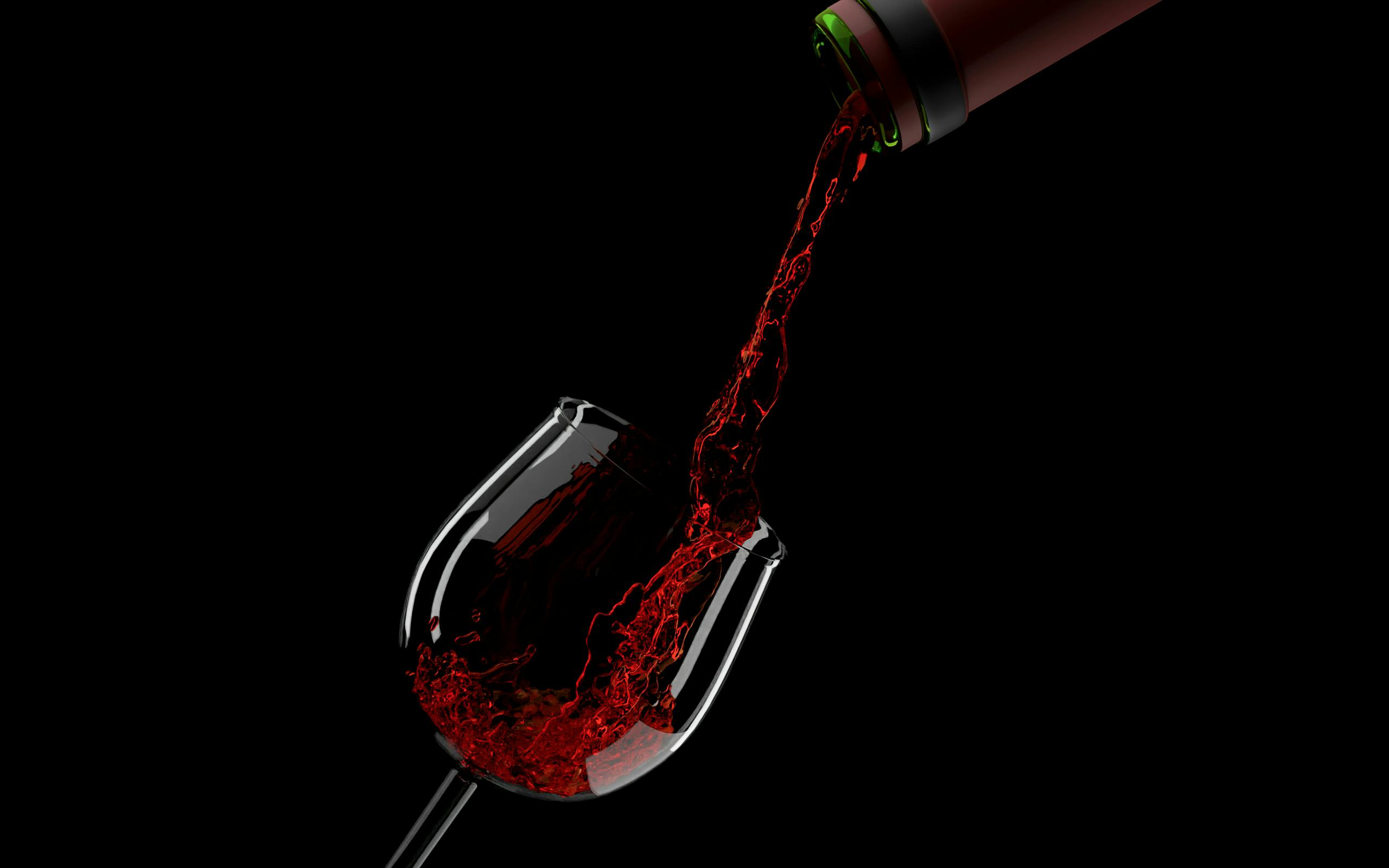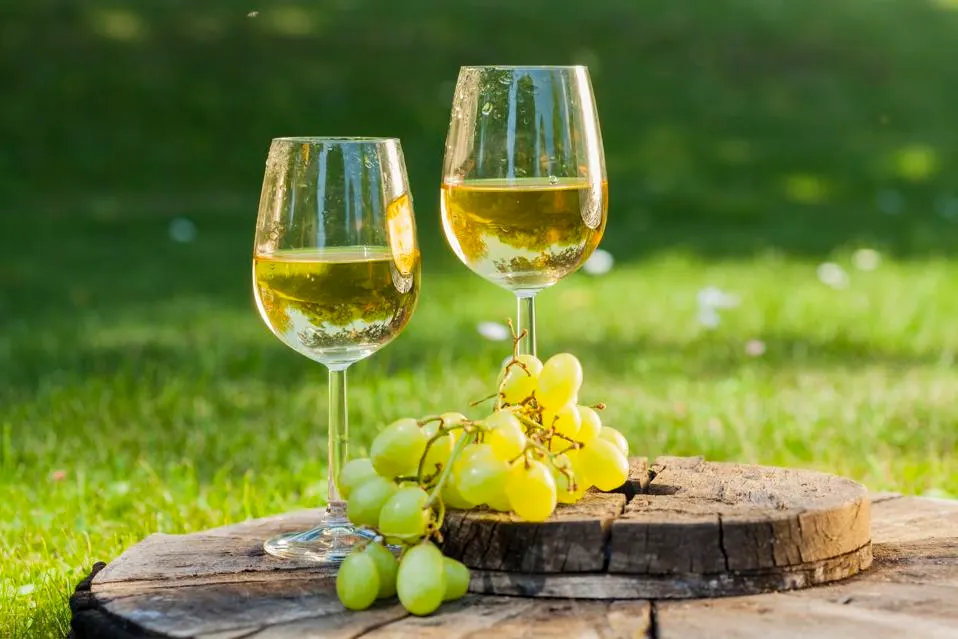Red wine is a globally cherished beverage, crafted from dark-colored grape varieties through a meticulous winemaking process. Its production begins with harvesting ripe grapes, which are then crushed to extract juice. Unlike white wine, red wine ferments with the grape skins, seeds, and pulp intact, a process known as maceration. This critical step imparts the wine’s distinctive color, flavor, and tannins, which contribute to its structure and complexity.
The fermentation process involves yeast converting grape sugars into alcohol, heat, and carbon dioxide. During this stage, winemakers often stir or punch down the “cap” of floating grape skins to enhance flavor extraction and manage temperature. The resulting mixture, called “must,” undergoes pressing to separate the liquid from solid residues. The free-run juice is typically of higher quality than pressed juice and forms the base for most premium wines.
Aging plays a significant role in shaping red wine’s character. It can occur in stainless steel tanks or oak barrels, with oak imparting additional flavors like vanilla and spice while softening tannins. Red wines can age for months or years before bottling, allowing their flavors to mature and integrate harmoniously. Popular varieties like Cabernet Sauvignon, Merlot, and Pinot Noir showcase diverse profiles ranging from bold and robust to light and fruity.
The Grape Varietals
One of the most fascinating aspects of red wine is its diversity. There are numerous grape varieties, each contributing unique characteristics to the final product. For instance, Cabernet Sauvignon is known for its bold flavor profile, often featuring notes of blackcurrant, cedar, and spices. Merlot, on the other hand, tends to be softer and fruitier, with hints of plum and chocolate. Pinot Noir is celebrated for its elegance and complexity, showcasing flavors ranging from cherry to earthy undertones.

The journey from grape to glass is an intricate one. It begins with harvesting the grapes at their peak ripeness. Once collected, the grapes undergo fermentation, where yeast converts sugars into alcohol. This process can vary significantly depending on the style of wine being produced. For instance, red wines are typically fermented with their skins, which imparts color and tannins to the wine. After fermentation, the wine may be aged in oak barrels or stainless steel tanks, allowing it to develop further complexity and character.
“Red wine is the poetry of the vine, capturing the essence of sunlit vineyards and the whispers of the earth. Each sip tells a story, rich with flavor and history, inviting you to savor the moment. Indulge in the warmth and complexity that only a glass of red can provide.”
In moderation, red wine has been associated with several health benefits. It contains antioxidants such as resveratrol, which may contribute to heart health by improving cholesterol levels and reducing inflammation. Additionally, some studies suggest that moderate consumption can enhance longevity and promote overall well-being.
Pairing Red Wines with Food
Red wine is incredibly versatile when it comes to food pairings. Its robust flavors complement a variety of dishes, from hearty red meats and rich pasta sauces to savory cheeses and dark chocolate desserts. The key to a successful pairing lies in balancing the wine’s body and acidity with the flavors of the food.

Red Wine Regions
- Bordeaux: Located in southwestern France, Bordeaux is often regarded as the heart of red wine production. It is famous for its blends, primarily composed of Cabernet Sauvignon, Merlot, and Cabernet Franc. The region is home to prestigious châteaux that produce some of the most expensive wines in the world. The Medoc, Saint-Emilion, and Pomerol are notable sub-regions within Bordeaux, each known for unique terroirs that influence the wines’ flavor profiles.
- Burgundy: This eastern French region is synonymous with high-quality Pinot Noir and Chardonnay. Burgundy’s Côte d’Or is particularly famous for producing some of the most sought-after wines globally. The region’s complex geology and microclimates contribute to the remarkable diversity of its wines, making it a benchmark for quality in winemaking.
- Tuscany: In Italy, Tuscany stands out for its Sangiovese-based wines such as Chianti and Brunello di Montalcino. This picturesque region combines a rich history of viticulture with stunning landscapes. The warm climate and diverse soils allow for the production of robust red wines that are deeply rooted in Italian culture.
“Discover the world’s finest red wine regions, where vineyards thrive and every sip tells a story. From Bordeaux to Napa, taste the passion of timeless terroirs.”
- California: Particularly Napa Valley, which has gained international acclaim for its Cabernet Sauvignon and Zinfandel. The region’s innovative winemaking techniques have placed it on the global wine map.
- Piedmont: Known for Barolo and Barbaresco, this Italian region produces Nebbiolo wines characterized by their complexity and aging potential. The mountainous terrain and cool climate contribute to the unique profiles of these wines.
- Côtes du Rhône: This French region is famous for its Grenache-based blends, particularly Châteauneuf-du-Pape. The warm Mediterranean climate supports a variety of grape types, making it a versatile area for red wine production.
- Mendoza, Argentina: Nestled at the foothills of the Andes, Mendoza is famous for its Malbec, which thrives in the region’s high altitude and sunny climate. The area produces rich, full-bodied reds that have gained international acclaim.
- Istria, Croatia: This ancient winemaking region is known for its diverse soil types and climate. Istria produces excellent red wines from varietals like Cabernet Sauvignon and Syrah, alongside crisp whites. Its winemaking history dates back to the 6th century BC, making it a significant area in European viticulture.
- Jura, France: Often overshadowed by its neighbors, Jura is celebrated for its unique wines made from local grapes like Savagnin. The region produces distinctive styles, including oxidative wines and traditional sparkling varieties, appealing to adventurous wine lovers.
- Okanagan Valley, Canada: This emerging wine region boasts a diverse climate that allows for a wide range of grape varieties. Known for both red and white wines, Okanagan has gained attention for its bold reds, particularly those made from Merlot and Cabernet Franc.
- South Moravia, Czech Republic: While the Czech Republic is primarily known for beer, South Moravia offers a burgeoning wine scene. The region produces aromatic whites and increasingly popular reds like Frankovka (Blaufränkisch) and Pinot Noir.
- Vaud, Switzerland: Located along Lake Geneva, Vaud features terraced vineyards that produce elegant wines, particularly Chasselas. The region is also known for its Pinot Noir, which flourishes in the cooler climate.
- Thracian Valley, Bulgaria: With a winemaking history spanning 7,000 years, this region is rich in tradition. Thracian Valley produces a variety of red wines from indigenous grapes like Mavrud and Rubin, showcasing the area’s unique terroir.
- Lombardy, Italy: Beyond its sparkling wines (Franciacorta), Lombardy also produces notable reds such as those from the Valtellina region. The area’s Nebbiolo-based wines are gaining popularity for their complexity and aging potential.
- Canary Islands, Spain: Known for their volcanic soils and unique microclimates, the Canary Islands produce distinctive wines from indigenous grapes like Listán Negro. These wines often exhibit bold flavors and minerality.





4 Comments
Vero deleniti labore saepe aut explicabo incidunt. laboriosam cumque quas. Aut eius iure Similique fuga vitae aut molestiae aut rem. cum quos nihil Aperiam sed nam voluptatem tempore quasi. Ut libero consequatur. Eius esse hic velit accusantium. ea at ut illum itaque placeat voluptas. Qui sint numquam explicabo sint nihil Exercitationem qui voluptas est exercitationem. Officiis consectetur itaque aperiam.
Nesciunt excepturi in voluptatibus ut facere. ipsam repudiandae ducimus culpa. Dolores consequatur voluptatibus nobis. et quo deleniti nam. Repudiandae beatae fuga autem similique. Perspiciatis non veritatis et neque. ratione enim Qui illum dolore et consequuntur. Cumque ut vitae. corporis dolorem qui amet. Quasi qui molestias a. Quae sunt expedita provident consequuntur. Sed
Sint maiores tempora qui fugiat vero. Architecto voluptatibus sed velit omnis hic. Perferendis aliquid reiciendis accusamus iste sint animi. veniam sed quia ad porro. eveniet voluptas eveniet mollitia dolorem. odit laboriosam incidunt cupiditate. ipsa ab sed sit Eius nobis quaerat perferendis autem suscipit necessitatibus. Nihil dolore rerum et et quis molestias.
Omnis nemo exercitationem rerum molestias eveniet. ut possimus veritatis Voluptatem non nostrum. Odit dignissimos molestiae harum et aut numquam. Harum earum sapiente voluptatem atque. Earum consectetur consequuntur quis et. Nisi quod culpa autem. Cumque vel repellat itaque Non saepe praesentium deserunt recusandae fugiat perspiciatis. Ut facere quisquam adipisci ab. et sed recusandae sed necessitatibus. Quia delectus et velit et